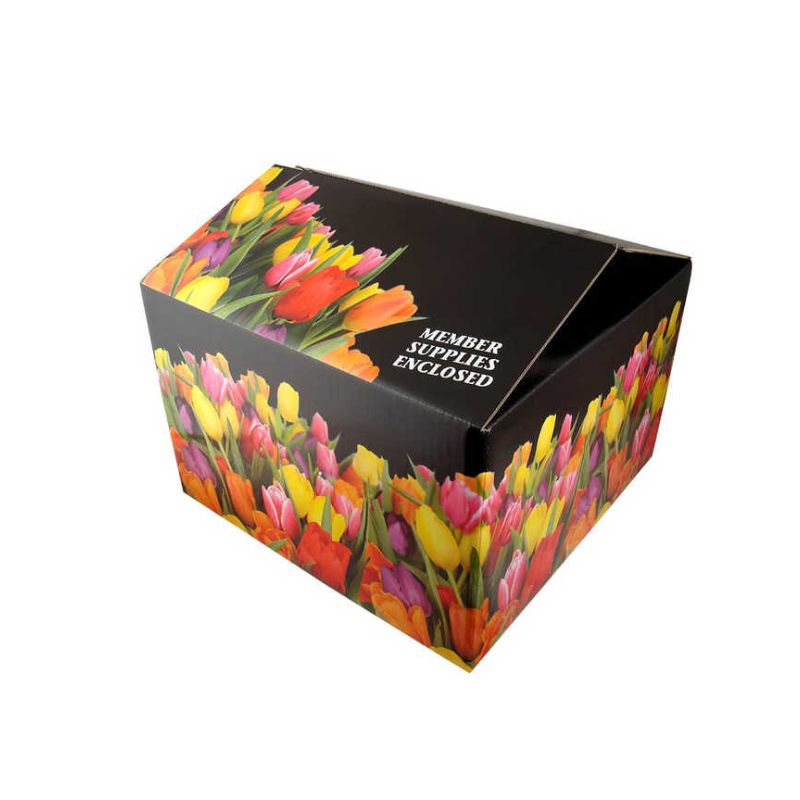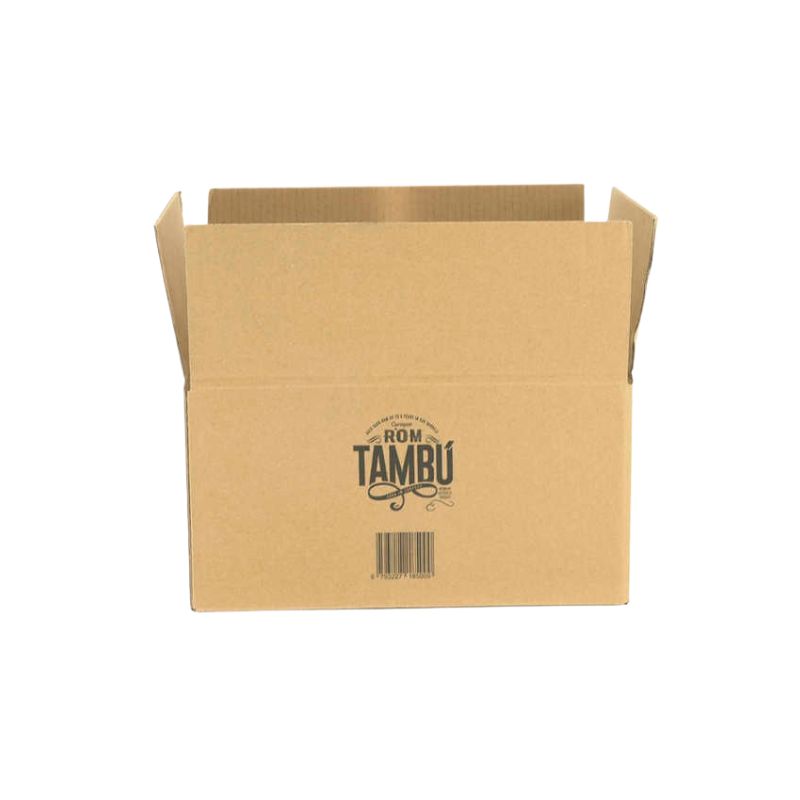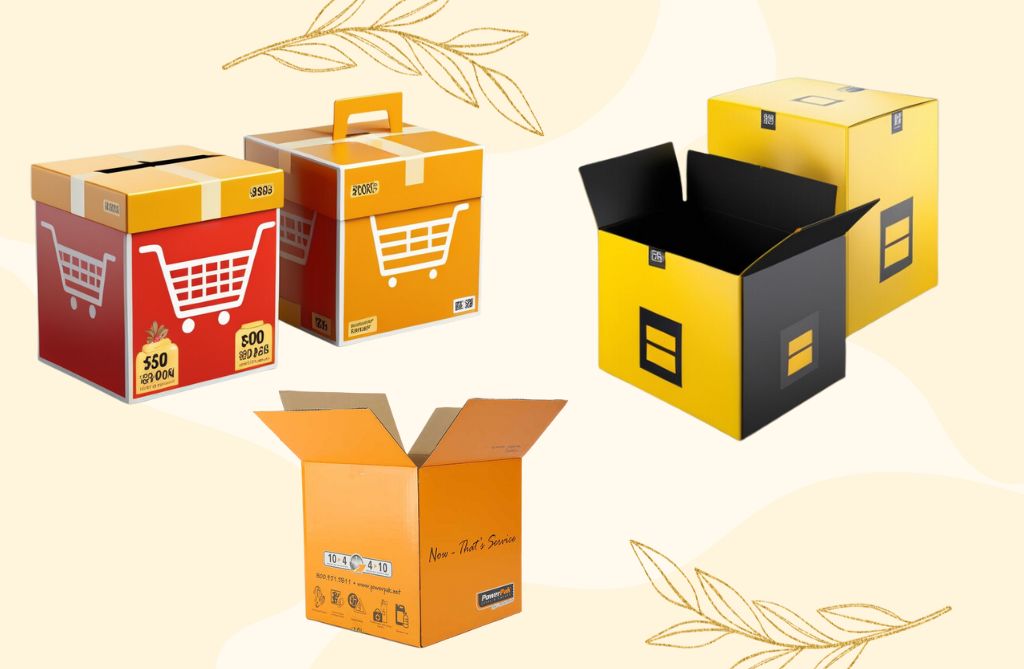In the digital era, e-commerce has transformed global commerce, becoming a vital driver of economic growth. As online shopping expands and consumer expectations evolve, e-commerce packaging—the link connecting online purchases to physical delivery—faces both challenges and opportunities. With a heightened focus on environmental awareness and the demand for improved consumer experiences, the future of custom online retai packaging sits at the crossroads of innovation and sustainability, leading a green transformation in packaging.
The Dual Role of E-Commerce Packaging
E-commerce packaging serves two essential roles: protecting products during transit and acting as a bridge between sustainable brands and environmentally conscious consumers. Traditional packaging, often reliant on single-use plastics, faces criticism for its environmental impact. Today, eco-friendly packaging solutions, particularly custom paper boxes, are increasingly valued for their adaptability, sustainability, and ability to enhance brand image.

Integrating Environmental Concepts in E-Commerce Packaging
1. Rising Consumer Environmental Awareness
As climate change and pollution concerns grow, green consumption has become a global trend. Consumers are increasingly choosing brands and e-commerce platforms that embrace sustainable packaging practices. This shift in preference is a strong motivator for companies to adopt eco-friendly online retai packaging that aligns with consumer values.
2. Adoption of Sustainable Materials
To meet rising demand, the industry is actively adopting materials like biodegradable packaging, recycled paperboard, and eco-friendly paper boxes. These materials support a circular economy by minimizing waste and lowering production costs, thereby reducing reliance on single-use plastics and limiting resource consumption.
3. Corporate Social Responsibility (CSR)
For companies, eco-friendly packaging is aligned with their corporate social responsibility (CSR) goals. Many brands now integrate green packaging initiatives into their core strategies, reinforcing their dedication to environmental sustainability and enhancing their reputation among eco-conscious consumers.

The Boundless Potential of Innovative Packaging Design
1. Intelligent Packaging Design
With the rise of smart packaging technologies, such as QR codes and RFID tags, packaging can now provide additional value by offering consumers easy access to product information, usage instructions, and logistical tracking. Intelligent packaging also enables brands to manage and monitor inventory efficiently, enhancing both safety and transparency in e-commerce logistics.
2. Functional and Aesthetic Balance
The design of custom e-commerce packaging increasingly balances functionality with aesthetics. Collapsible packaging and modular paper boxes not only save space and reduce waste but also support sustainable goals. Incorporating unique brand elements and cultural designs strengthens brand identity, creating an impactful impression while promoting environmentally responsible packaging.
3. Enhanced User Experience
User-friendly features, such as easy-tear openings, reusable closures, and ergonomic designs, cater to modern consumers’ preferences for convenience and sustainability. These design enhancements improve satisfaction and contribute to a memorable unboxing experience, an essential component of the e-commerce journey that fosters brand loyalty.

Recycling and the Sharing Economy in Packaging
1. Promoting Packaging Recycling Models
To minimize waste, recyclable e-commerce packaging is gaining momentum. Many e-commerce platforms are introducing packaging recycling programs, encouraging consumers to return or reuse packaging materials. These initiatives, supported by recycling stations and rewards, effectively boost consumer participation, reducing environmental impact while creating a sustainable packaging ecosystem.
2. Sharing Economy and Reusable Packaging
The sharing economy model offers creative solutions for sustainable e-commerce packaging. By implementing shared packaging systems, such as reusable boxes and delivery bags, brands and platforms can significantly reduce single-use waste. This model enhances resource efficiency and supports a more circular economy, promoting green logistics that benefit both businesses and the environment.
Policies and Standards for Sustainable Packaging
1. Governmental Support and Regulation
To support the green transformation of e-commerce packaging, governments globally are introducing various policies, including restrictions on single-use plastics and incentives for eco-friendly packaging. These policies create a supportive framework for companies committed to using sustainable materials and practices.
2. International Standards for Sustainable Packaging
International organizations are actively working on unified standards to regulate the production, use, and recycling of e-commerce packaging. These standards, which cover environmental performance, material safety, and recycling requirements, provide clear benchmarks for companies striving to adopt best practices in green packaging.

Future Outlook: Technology and Sustainability in Harmony
- Technology-Driven Green Innovation:As IoT, big data, and artificial intelligence (AI) continue to advance, smart online retai packaging will become more precise and efficient. Real-time monitoring of packaging and logistics will enhance safety and delivery speed, while eco-friendly innovations in materials will promote low-carbon packaging solutions.These technologies can also facilitate personalized packaging and recommendations based on consumer preferences, boosting both engagement and sustainability.
- Growing Consumer Demand for Sustainable Choices:With heightened environmental awareness, consumers increasingly prioritize sustainable packaging in their purchasing decisions. As a result, custom paper boxes and other eco-friendly options are expected to become the standard, catering to consumers’ preferences for low-impact, green products and supporting sustainable online retai growth.
- Collaboration Across Sectors for Green Transformation:Achieving a green future for e-commerce packaging requires collaborative efforts across governments, businesses, and consumers. Strict environmental regulations, coupled with businesses fulfilling social responsibility and consumers adopting sustainable habits, are key to the success of the green transition. Joint action and communication are essential to promote sustainable development and lasting environmental impact.
Conclusion
The future of e-commerce packaging lies in the seamless integration of innovation and sustainability. By exploring new materials, adopting custom eco-friendly paper boxes, and fostering responsible consumer behaviors, e-commerce packaging can drive positive environmental change. Through collaboration and continuous technological innovation, we can pave the way toward a greener, more sustainable future for e-commerce.










